Wednesday, October 19th 2022public service broadcastswill broadcast for the first time. The capture unfiltered coverage of courtroom life offers an invaluable precious of judicial judicial reality, the antithesis of cases cases.
When it comes to the courts, the public is at best familiar with the image of major media trials, such as the Sarkozy/Bygmalion, SNCF/Bretigny or Servier/Mediator cases (in which the Vae Solis teams were involved); at worst, the image of American series where "Your Honor" judges with a gavel. As part of Eric Dupont Moretti's reform program, the presence of miniature cameras plays an essential educational role, telling the story of everyday life. Dominique Verdeilhan, the show's presenter, explains what's at stake in this program.
The first hearings devoted to traffic offenses, family matters and debt represent a clear break with the 1954 ban on filming in courtrooms. The result of the Chancellery's desire to show the "truth" of the courts, the program fulfills its educational objective. The program shows, without staging and with precision, the concrete progress of procedures little known to the public. "The quality of the scenes filmed was totally uncertain, and we were going to shoot without knowing exactly what was going to happen. Against all odds, the result has always been quality," observes Dominique Verdeilhan.
A valuable precious
The program consists of two distinct parts: 35 minutes of extracts from the hearings, followed by an on-set deciphering of the case with a magistrate and a lawyer, although there is no question of replaying the trial, which is definitively closed. "All the parties present at the hearing must give their consent, and it is essential to ensure that the TV report is as neutral and objective as possible," explains Dominique Verdeilhan.
This neutrality is made possible both by the discretion of the means used to record the hearings (a tiny camera hidden in the room) and by an editing style that reflects the respect for the adversarial process essential to a hearing. This kind of everyday justice is an excellent way of rebalancing the public's perception of the reality of legal cases, far removed from the "media" cases. But unlike in the United States, where there are continuous trial channels where the hearing is presented "raw", here the examples are deciphered and explained.
Filming reality to soften the exceptional
It's true that a daily newspaper case doesn't take the spotlight in the same way as a major media trial. But, in the context of this program, the debrief's pedagogy generates real interest. The formula also helps to re-establish a happy equality between the parties, in contrast to the media's habit of focusing solely on either a prosecution-style portrayal of the accused or a sympathetic portrayal of the victims. This is a far cry from the excesses of the recent trial between the stars Johnny Depp and Amber Heard, where the presence of cameras turned justice into a "live" show.
The images of French court hearings presented on the public service are the opposite of this "justice spectacle", as Dominique Verdeilhan intended.
Anthony Gibert, Managing Director
& Christophe Reille, Partner
